~Torque of printing machine and distortion of screen plate~
As briefly touched on in Column 51, our printing press uses a servo motor to drive the squeegee head. When using this, even if some load is applied to the squeegee head, the moving speed of the squeegee head hardly changes. Conversely, when a load is applied to the squeegee head, the servo motor driver changes the motor torque.
This torque change can be retrieved in real time from the driver using special software. In addition, it is possible to calculate the torque when a load is applied from the structure of the printing press. Therefore, we conducted an experiment to see how much difference there was between the torque value obtained from the printing press and the calculated value obtained from the structure of the printing press. Graph 1 below is the result. The load applied to the squeegee head is the drag resistance between the squeegee and the screen plate, so the vertical axis of the graph is "drag resistance". Since the drag resistance cannot be measured directly, instead, a tension gauge is attached to the squeegee head to measure it.
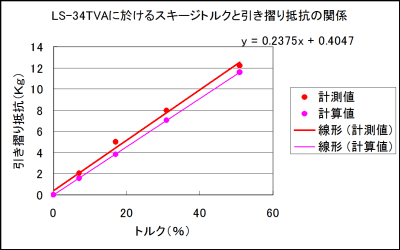
Graph 1
As a result of the test, it was confirmed that the calculated values and the measured values tended to be the same. Therefore, it was found that the amount of force applied to the squeegee head can be obtained by obtaining the torque value.
Therefore, the following graph shows the results of torque measurement while actually printing with different squeegee tip shapes. This is a comparison of a squeegee tip that has been ground at angles of 30°(304), 45(454)°, 60°(604) and a normal flat squeegee (004). It can be seen that the shallower the polishing angle, the smaller the drag resistance.
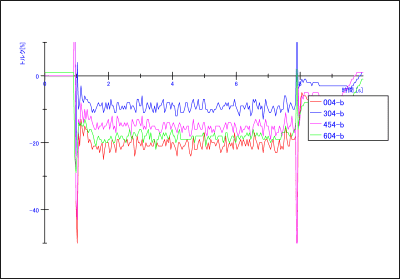
Graph 2
Now, how does the drag resistance of the squeegee affect printing? How does the screen plate that the squeegee is in direct contact affect?
I tried using a "strain gauge" as a means of confirming this. A "strain gauge" is a small sensor as shown in Figs. 1 and 2. By attaching this to the screen plate, you can determine the extent and direction of the plate's elongation.
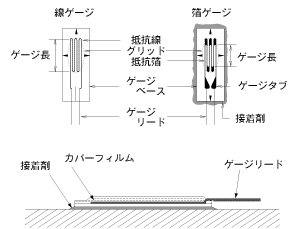
Figure 1
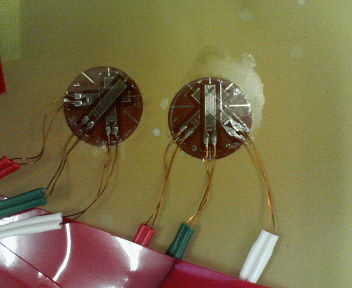
Figure 2
As shown in Fig. 3, Graph 3 is the result of measurement with a strain gauge attached to the screen plate.
It can be seen that the deformation of the screen plate is not constant, but changes depending on the position of the squeegee.
It can be seen that the deformation of the screen plate is not constant, but changes depending on the position of the squeegee.
3,3,3,3,3,3,
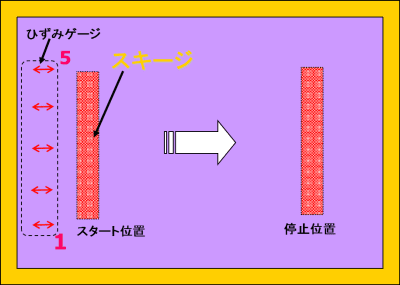
Figure 3
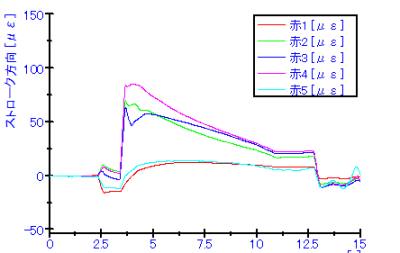
Graph 3
